Mazda CX-3 review and buyer's guide
The Mazda CX-3 is a hatchback turned small SUV. If you need a compact, good-looking and barely functional city run-around, the CX-3 is a recipe for affordable, frugal comfortable commuting.
The Mazda CX-3 might be one of the smallest SUVs on the market, but that makes it great value if you need a sleek, reliable and economical city car that is also frugal, agile and really nice to sit in.
Funny thing is, CX-3 looks bigger in the photos but is noticeably smaller in person than the Hyundai Kona and Kia Seltos which have grown over the years, while the little Mazda has stayed exactly that.
That’s a good thing for those of you who still want that tiny car feel but with the marginal ride height elevation that makes it perfect for hopping through city streets.
So you might get a shock the first time you see CX-3 in the flesh. It's tiny because it's built off the Mazda2 platform - not the Mazda 3 which (numerically speaking) seems like the most logical step. That’s what the other carmakers do.
What this means is you get a wheelbase that is only 2.57m long. That’s just 26cm longer than the 2.31m wheelbase in the seriously cramped MX-5 sports car. You can understand the puzzled head-scratching at the reasoning behind Mazda’s decision to use the 2 as the CX-3’s backbone, not the Mazda3, a truly excellent small car. This would easily make for a commodious small SUV with some raised suspension and matte black wheelarch cladding.
The key benefit here is that the CX-3 actually sticks to the small SUV blueprint, unlike the rest of the crowd which have grown incrementally bigger with each new generation. CX-3 sticks to the source material.
Mazda CX-3 uses the 2.0-litre engine from the Mazda3 and CX-5 for motivation, so despite the claustrophobia for six-footers-plus (quite common in this segment, to be fair) so yeah, it goes quite well. It has 320kg of less weight to haul than its bigger stablemates.
If you’re especially tall you’re shopping in the wrong aisle. A Hyundai Tuscon, Kia Sportage or Mitsubishi Outlander might be better sized for you - and especially if there’s a brood to accommodate.
CX-3 is not going to do a particularly great job of moving a two or three-kid family around unless you’re particularly light packers. Having done the Club Breeder thing three times, I know you’re lying to yourself if you think packing light will mean you fit into a 264-litre boot cavity.
Moving CX-3 up the road now is just the SkyActiv-G 2.0-litre petrol four-cylinder in auto only, and prices range from $31,000 for the accountant’s special Sport in all its glory, right up to $43,000 for the works burger Akari.
CX-3 really does make you question why buy the others, until you come to drive it.
DRIVING
Mazda tweaked the suspension and steering the last time they updated the CX-3, but that doesn’t make it great to drive.
Hyundai Australia and Kia Australia have invested local ride and handling tuning into the Kona and Seltos respectively, which means they are much better behaved in our dodgy roads. This is particularly important if you (or the kids) are planning to drive longer distances.
The peak power in CX-3 is 111kW at the same revs, but it’s not the kind of output you'll ever feel until you start merging onto the freeway. CX-3 is pushed around by wind resistance in the way a Seltos GT-Line with 30 per cent more power (148kW) is not. And you’ll have to give the CX-3 a proper squirt if you need to overtake anything.
However, where CX-3 excels is in the CBD. It has ground clearance within 1cm of the Seltos, but is crucially narrower, shorter in length and height, and weighs 189kg less . Yes: 189 kilograms. If you want to save money on fuel, which you might given you’re driving in the city and doing lots of stop-starts (the most thirsty work for any engine), then you’ll do 17 better on fuel than the Seltos. And CX-3 has a fuel tank that’s only two litres smaller, so you’re going to go further on each fill.
As you do weave in and out of busy lanes, making hook-turns (if you’re Melbournian), ducking and diving in and out of Sydney’s complete debauchery of a road network, or simply running from the office to home, the CX-3 is going to be much more agile.
It has the advantage in height-restricted carparks where hard concrete pillars and caution stickers watch your every steering input. Vision is quite good considering its size and once you correctly adjust the door mirrors, it’s not very often anything is going to be out of your potential field of view that you wouldn’t have (at least had a chance to) be aware of.
Once you get out of the city and onto a freeway, the CX-3 is out of its element, but will cruise nicely - certainly good enough to be within acceptable limits. The tyre roar is the most intrusive element, but it’s hardly a deal-breaker. And you’ll adapt to that as you drive it more anyway.
Bums will be in desperate need of a stretch and a flex after a couple of hours en route to some idyllic regional holiday spot, but that’s typical of most small vehicles when the driver will be in need to a rest as well.
MAIN COMPETITORS
Check out Subaru Crosstrek review >>
Brilliantly equipped and practical. Ideal for rural buyers familiar with dirt roads, and soggy driveways.
Subaru has a system called X-Mode - on all its SUVs - to extend the all-terrain envelope. It dulls down the throttle response at low speed to minimise the chance of you provoking traction-sapping wheelspin. Hardens up the limited-slip diff and also sharpens up brake response.
This is all for the slippery stuff, both uphill and downhill, under 40km/h. Under 20km/h it’s hill descent control allowing you to take your feet off the pedals and let the computer manage that, you just have to steer. It’s a real plus when traction is low - if you want to avoid becoming a toboggan - which, trust me, you do want to avoid.
Ground clearance for this kind of uncivil, reckless, non-bitumen driving is an impressive 220mm: best in class.
My Hyundai Kona review >> Exceptional performance from the N-Line with turbo 1.6 petrol version.
Kona is the most dynamically responsive small SUV to drive with its kick-arse little 1.6 turbo and seven-speed dual-clutch transmission combo that would embarrass plenty of muscle cars.
Even the naturally aspirated 2.0-litre isn’t bad - it beats the Toyota C-HR anyway. Kona’s also really good value, especially mid-range Active or Elite (see Hyundai’s range comparison tool >>). Looks are love or hate, but you can judge for yourself. You have eyes.
The CX-3 is a tiny SUV, but it's built really well and benefits from that lack of excess. And it has a few quirks (such as no salient room for luggage if all the seats are in use). The CX-3 looks great but probably isn't as good value as a Mazda3, Subaru Impreza or Hyundai i30 in the context of overall practicality, for most buyers, dollar for dollar.
If you have your heart set on an SUV but you really don't want to - literally - step up into the larger SUV league then the Mazda CX-3 certainly is worth a look. Especially if you need a little more ground clearance than a car, or you've got a dodgy hip/knee/back, etc.
Check out the CX-3's bigger brother, the Mazda CX-5 >> Or if you’re shopping at the 99 Cents store these days, and you need the most budget-conscious options before you, try the Mitsubishi ASX >>. It’s a sacrifice on all-out luxury and refinement in favour of the benchmark tech and safety you need/expect, at a better price point.
Drawbacks
CX-3: Not perfect with its fairly small 264 litre boot which won’t leave much room for people (or luggage) if you take up what space is set aside for either.
There’s a space-saver spare wheel across the whole range, and you can have all-wheel drive, but only the on-demand kind in the Mazda CX-3, Hyundai Kona and Kia Seltos. It’s a reactive system which waits for traction loss before engaging drive to the rear. Not ideal if you’re trying to go uphill, in which case you could look at the slightly heavier, slightly dearer - but much more capable - Subaru XV.
C-HR: Exceptionally average in so many ways. The 1.2-litre turbo petrol engine is underdone and demands 95 RON premium because, I suspect, Toyota never expected to sell enough to warranty tuning it to run on our cat’s piss 91 like every other competitor. It only offers 85kW @ 5600rpm and 185Nm @ 4000rpm with a kerb weight of 1440kg, meaning a 60.3 kW/t power-to-weight ratio. Hyundai Kona Go: 81.3 kW/t; CX-3 Neo Sport: 90.9 kW/t; Kia Seltos S: 81.2 kW/t; Subaru Impreza 2.0-i: 80.9 kW/t; Mitsubishi ASXES: 82.4 kW/t.
Hyundai Kona: Ground clearance is only 170mm against XV but 10mm higher than CX-3.
At its heaviest kerb weight, Highlander weighs 1414kg versus CX-3 Akari’s 1309kg. That’s because it’s so well-equipped, those features, incl tyre-pressure monitoring, head-up display, wireless phone charging, glass sunroof and cooled/ventilated seats adds weight. And cost.
Kona wheelbase is 2.6m, which is 30mm better than CX-3’s 2.57m. It offers wider tyres at 235/45 R18 versus CX-3’s 215/50 R18’s, therefore better handling and more grip. Front passenger also gets an electrically adjusted seat, unlike CX-3.
Top-spec Highlander is expensive: $50k with premium paint.
Mitsubishi ASX: No all-wheel drive - front-drive only, unless you go for the Eclipse Cross with Super-Select transmission which alloys you to run in a defacto 4-High quasi off-road mode on unsealed but well maintained roads, or even bitumen where the going might be slippery, icy or whatever.
ASX is a great budget option, but doesn’t hold a candle to the premium feel in the Mazda; generally unrefined and a bit hollow.
CON
Space saver spare tyre is a bit poor for long-distance Australian driving
CX-3's i-Stop system (automatic engine shutdown and re-start) detracts from overall refinement and saves bugger-all fuel
It's only 26.5cm shorter than a CX-5, and much less practical as an SUV
In the context of carrying four people and anything more than cut lunches all round, it's too small
Great styling, but hardly any luggage room with all seats occupied, and rear-seat vision for passengers is very limited
Lower spec models feel like a raised Mazda2s which is far better value provided you don't need the millimetres of added ground clearance
PRO
Great alternative to both a car and a big SUV, for anyone with a mobility issue who is sick of climbing up/down to access their current vehicle
CX-3 is a real point of difference from other, larger SUVs - and more polished than direct competitors
The sole engine does a great job in this small package
Mazda's recent shift to 5yr/unlimited kilometre warranty puts them back in the game against competitors like Hyundai
Great packaging and ergonomics - except for luggage room (as there isn't any unless you fold the rear seats)
Excellent dynamics
CX-3 Akari packs a ton of standard equipment for about the same price as a Mazda3 SP25 Astina
SPECIFICATIONS
Length: 4275 mm
Width: 1765 mm
Height: 1550 mm
Ground clearance: 160mm
Kerb weight: 1193-1368 kg (model dependent)
Maximum tow capacity: 1200 kg
Seating Capacity: Five
2.0 PETROL
Power: 111 kW @ 6000 rpm
Torque 195 Nm @ 2800 rpm
Economy: 6.7 L/100km
Transmission: 6 sp auto
(or 6 sp manual on 2WD Neo Sport)
Manufactured: Japan
Warranty: 5 years / unlimited kilometres
Service interval: 12 months or 10,000 km
(whichever comes first)
Roadside assist: N/A
Spare wheel: Space-saver
I'll help you save thousands on a new Mazda CX-3
Just fill in this form. No more car dealership rip-offs. Greater transparency. Less stress.
RESALE VALUE
Sales figures matter in relation to small SUVs because you’re usually buying on a budget, generally speaking. So knowing the model you’re considering buying is popular is good for things like serviceability, reliability, parts availability and also for resale value.
Admittedly, while your adult kids getting their first car aren’t going to be thinking of these things, deliberating parents often do - especially when it comes to tipping some of their own money into help the kids become self-sustaining as they enter the big wide workforce.
So here are the most popular small SUVs of 2023 for you to take into account in relation to the CX-3. It’s very popular even as late as 2023 and certainly better built than the MG ZS which has more of a ‘close enough is good enough’ design philosophy.
Popular small SUV sales, 2023
What is interesting is the sales performance of Mazda’s CX-30. It’s only slightly bigger than the CX-3 and sales are marginally better. So it’s not out of the realm of possibility that in the next two years the CX-3 could be superseded by it.
If you need a 4.5-seater with just enough room for some shopping and a few odds-and-ends as you scoot between school, the office and the shops, any of these cars are going to do that shop, but the CX-3 you might’ve bought in 2019 is still trading at somewhere between $20,000-27,000. It’s only lost about $10,000 of its value (about 27 per cent).
Kia Seltos has gone down 27 as well. But its current price is $45,000 for a GT-Line - an extra $5000 over a CX-3.
SAFETY
Mazda CX-3 is fairly safe, even today, but you need to understand it was crash tested 9 years ago. That means the CX-3 is officially unrated.
If it were to be tested again today by current protocols we simply don’t know if it would pass given that it was never scrutinised in the full width test at 50km/h, and nor was it subjected to the same conditions as today’s oblique pole test at 32km/h and at a 35-degree angle.
ANCAP's tests awarded it five stars and a cracking good score of 36.44 out of a possible 37 (98.5%) when it was tested in 2015. All regions on the dummies were awarded 'good' or 'acceptable', and the whiplash rating was also 'good'.
Mazda CX-3 is not perfect, however: There are no chest-protecting side airbags for the second row, but there are head-protecting curtains. Nor are there knee-protecting airbags for the front occupants.
But Mazda has at least kept it updated with features.
There's adaptive cruise control, a 360-degree camera and parking sensors, auto headlamps, auto-dipping high beam, daytime running lights and lane departure warning systems available in the range. That’s all pretty good.
There are also 2 x ISOFix anchor point positions in the back row-2 outboard seats, with 3 top tether points across the back as well. Also good for functionality and child safety.
The safety score that really matters here for the CX-3 is the more recent 2021 ‘Top Safety Pick’ rating given to it by the IIHS - the Insurance Institute for Highway Safety - in the United States. This CX-3 IIHS report >> gives the aging platform a pleasingly good score against even later models like the CX-30.
The IIHS concludes that in the CX-3:
frontal and side curtain airbags worked well together to keep the head from coming close to any stiff structure…from causing injury
and added that:
the driver's survival space was maintained well [in the small overlap test]
If you don’t know what that test is, this is what it looks like at 60km/h as performed as recently as 2021:
The small overlap test is a very severe crash test because it concentrates on a very small area of the vehicle, meaning there’s very little of the rest of the vehicle to take the punishment. With all the vehicle’s kinetic energy, to hit the barrier in such a localised area is extremely hard to engineer for.
But this is a surprisingly common crash in the real world, which is why the insurance giants invest in the IIHS to conduct such a test. There’s no way Mazda could’ve known way back in 2014 that the CX-3 would be subjected to this kind of test, or at least they wouldn’t have had any kind of historical data available to them in order to flunk it.
This is a testament to just how safe the CX-3 is under today’s microscope. Here’s how the CX-3 performed in the more traditional ‘moderate overlap’ crash test where the vehicle hits at 60km/h with 40 per cent of the frontal section hitting the barrier.
Same verdict:
driver's survival space was maintained very well
and
Intrusion into the driver's space was minimal, and all leg and foot injury measures were low
And it’s all green verdicts for CX-3 in the side-impact test as well:
What CX-3 does lack in this crash test and on today’s currently available model is the front-centre airbag. Admittedly this is a fairly new airbag which only really debuted on 2021 model-year vehicles. Front-centre airbags stop the front passenger and driver’s heads colliding during a side impact.
The worst score CX-3 got was for the headlights which the judges (sorry, engineers) said the low-beam projector LED lights were:
inadequate on the gradual left curve
This is what they’re referring to:
This is hardly going to be an issue in the 90 per cent usage case of CX-3 being a mostly city-driven vehicle.
See more on CX-3 safety testing >> by ANCAP or download the full ANCAP CX-3 crash test technical report >>
Standard safety features:
“G-Vectoring”: controlling engine torque based on driver’s steering and accelerator inputs
Left-hand-side convex (wide angle) door mirror
Electric park brake with auto-hold
Hill launch assist
Auto emergency braking (“Smart City Brake Support”) up to 80km/h, forward & reverse
Rear parking sensors
Reverse camera
Airbags: front (driver & passenger); side (front); curtain (front & rear)
ENGINE
Fortunately for the CX-3, you don’t have to work very hard to figure out how you want yours served. Mitsubishi could learn something here: less is more.
It’s a very simple powertrain choice. You get a 2.0-litre petrol four-cylinder naturally aspirated engine with front-wheel drive only.
Cylinder deactivation not available on CX-3, yet.
And there’s no turbo, no reactive all-wheel drive, no performance option - just the same performance across the board.
Peak power is 110kW @ 6000rpm and 195Nm @ 2800rpm. CX-3 Sport gets a 90.9 kW/t power-to-weight ratio, better than Hyundai Kona 81.3 kW/t, Kia Seltos S 81.2 kW/t; Subaru Impreza 2.0-i 80.9 kW/t and Mitsubishi Outlander ES: 82.4 kW/t.
The output is particularly good because of Mazda’s quite high compression ratio of 13.0:1. Hyundai kona gets close with 12.5:1, but it does offer a full-size spare and is a touch heavier, hence the better power-to-weight. But if you want the best handler with the most poke, the CX-3 has the South Korean licked.
The high compression ratio means dealing with knocking - the premature combustion of the air-fuel mixture caused by high compression and temperature - which is more likely to occur at “top dead centre” of the combustion chamber the higher the compression ratio. They’ve made the delivery of fuel even more efficient than before, so it explodes in the cylinder more evenly and with less unburnt fuel or soot.
Mazda’s SkyActiv engines, particularly in second-generation SkyActiv-G form (because names are very important to carmakers), are pretty good. They’ve got plenty of years under the belt now with very few problems overall. Very reliable, refined, punchy. I’m pretty confident they’ve got the R&D right, unlike, say, Ford or Volkswagen.
Unfortunately, you don’t get the cylinder deactivation feature of CX-5 on the CX-3 yet, but don’t worry too much about that, this is a very small car with a frugal engine and a low kerb weight - it’s not going to be a heavy drinker.
Expect engine changes, or may a hybrid version when the replace the CX-3 with something fresh in the next few years. Fuel-saving measures like cylinder shutdown beats the stop-start systems which Mazda favours. Cylinder deactivation is better at saving premature wear on ignition batteries.
Unfortunately Mazda’s i-Stop stop/start ‘feature’ is standard on CX-3, even on the pov-pack Neo Sport manual for heaven’s sake. You’ll never notice the difference at the pump or on your bank balance.
Lab-tested fuel economy is claimed at about 6.7L per 100km on a combined cycle (urban, suburban and freeways), but this doesn’t really mean much in the real world. It’s going to be similar to all the others in the class. How you drive will be a much bigger factor for fuel economy than the engine itself.
The fuel tank is 48 litres on all variants. But seriously, stop thinking about fuel economy and just enjoy driving the CX-3. If you want to save fuel, don’t drive so hard - brake sooner, lift off the accelerator earlier, take off gently from the lights and keep your tyres correctly inflated. Job done.
INTERIOR
Mazda has made its name for its highly efficient turbo-petrol engines in the last few years, but they don’t get quite the same respect for their interiors which are delightfully simplified - but still somehow remarkably premium in how they feel, smell and how functional they are.
In the CX-3 it would be forgiven for thinking the interior is a party of plastic and thin sparkly bits, and that’s mostly true of the lower-priced versions. But the Akari top-spec is quite nice and doubly so in the context of the price. It’s going to do the hard sell on you and will draw your temptations away from the middle of the range.
So the advice here is do not drive the Akari if you’re on a tight budget and don’t want to stretch to $37,000 plus on-road costs. If you drive the Akari, the interior will suck the extra thousands out of your bank account.
This might be essentially the same vehicle from 2015, but the way Mazda has updated it and gave a kind of timeless design has meant it still looks modern all these years later.
For what it’s worth, you can drop the rear seats to expand out the luggage space in the event you (or the uni students) buy yourselves some flat-pack furniture or the odd surfboard or whatever.
CURRENT MODEL GRADES
Driveaway pricing guide (may vary per state)
Front drive (2WD) petrol models:
Sport: $31,000
Pure: $33,500
Evolve: $35,400
Touring SP $38,800
Akari: $43,300
Sport
16-inch steel wheels with 215/60 tyres
Halogen headlamps
Power wing mirrors
8-inch infotainment screen (incl: MZD connect, Apple CarPlay, Android Auto, Bluetooth)
6-speaker audio
Electric park brake
Blind spot monitoring & rear cross-traffic alert
Multi-function 'Commander Control' dial
Push-button engine start
Reversing camera
Automatic emergency braking
Air-conditioning
Pure
16-inch alloy wheels
Heads-up display
Auto LED headlights
LED daytime running lights
Auto high beam
Rain sensing wipers
Leather trim steering wheel and paddle-shifter
Climate air conditioning
GPS sat-nav
Auto dimming rearview mirror
Driver attention alert
Lane departure warning
Evolve
18-inch alloy wheels with 215/50 tyres
Front parking sensors
Gloss black door mirrors
Touring SP
18-inch black machined alloys
Black roof
Seats: black leather + grey synthetic suede
Heated, power-adjusted front seats W/ memory func. (driver)
Radar cruise + city stop/go
Traffic sign recognition
Proxy key
Akari
Power sunroof
Bose premium 7 speaker stereo
360-degree view monitor
Adaptive LED headlights (turn with steering wheel)
.
Conclusion
The Mazda CX-3 is not perfect but you should be aware that this is a very impressive compact SUV.
Whatever other vehicles you might be considering purchasing, make sure you test drive the Mazda CX-3. And make sure you’re okay with a space-saver spare wheel before pulling out the plastic.
Mazda has been ahead of most competing brands for years now, which is why they were able to future-proof CX-3 like the have. This investment made it a very good small SUV even today, nearly a decade since it first arrived.
It’s disappointing Mazda dropped the all-wheel-drive and diesel versions over the years. But that’s because Volkswagen ruined diesel’s reputation and carmakers are always looking for ways to cut costs, so AWD obviously didn’t sell enough units early to bother with.
The Maxx variant is just sensational value, for just over $30,000 - and it has very good equipment levels while also being pretty safe - a good first car. But then so is the Akari with its gorgeous tan interior.
CX-3 really is a genuinely nice car to drive, the engine is a peach, there are just enough seats to make it useful.
It’s not the most practical among its competitors, but if you can make-do with the space available (and who doesn’t just chuck half their stuff in the backseat anyway?), you won’t go home disappointed.



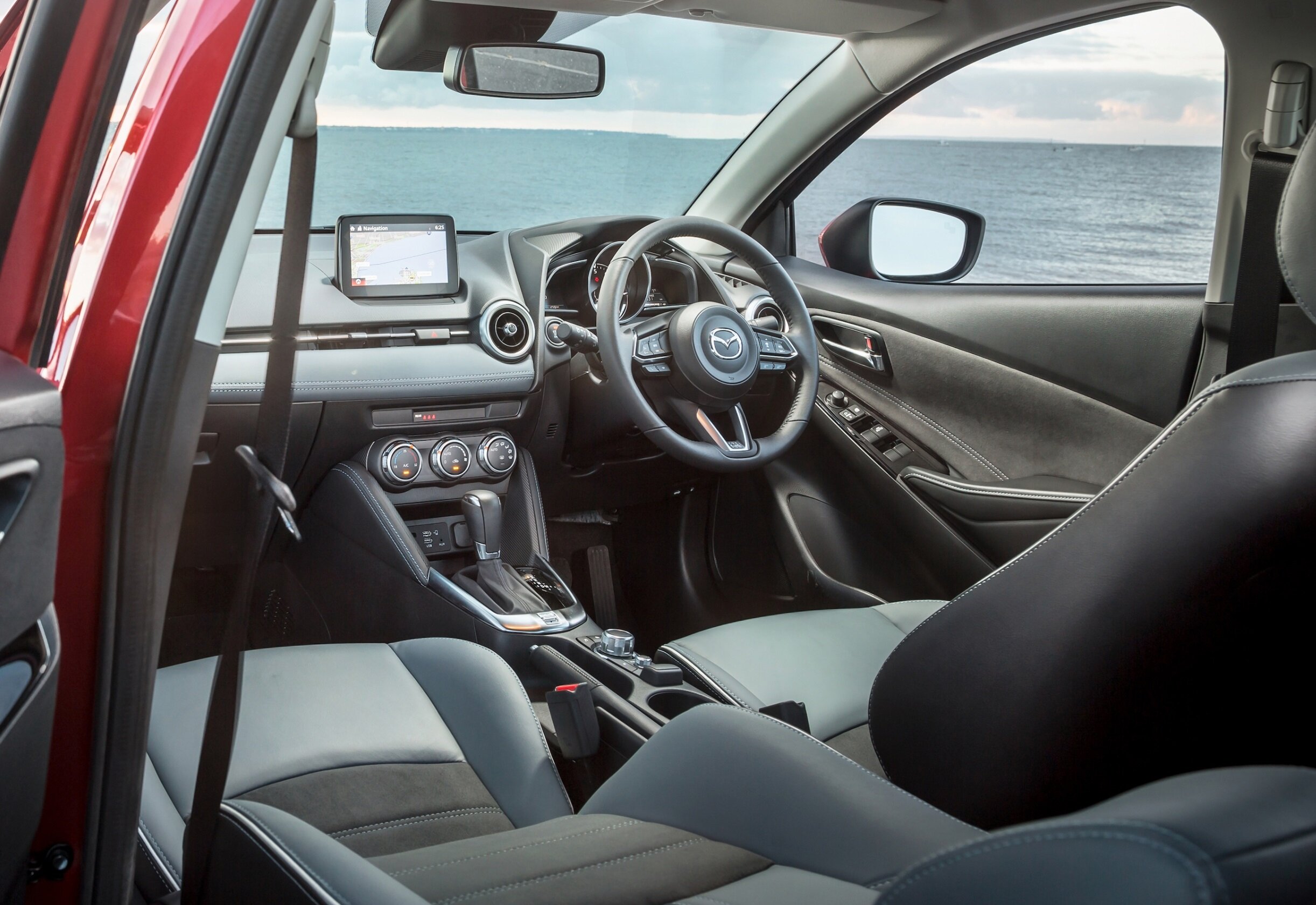
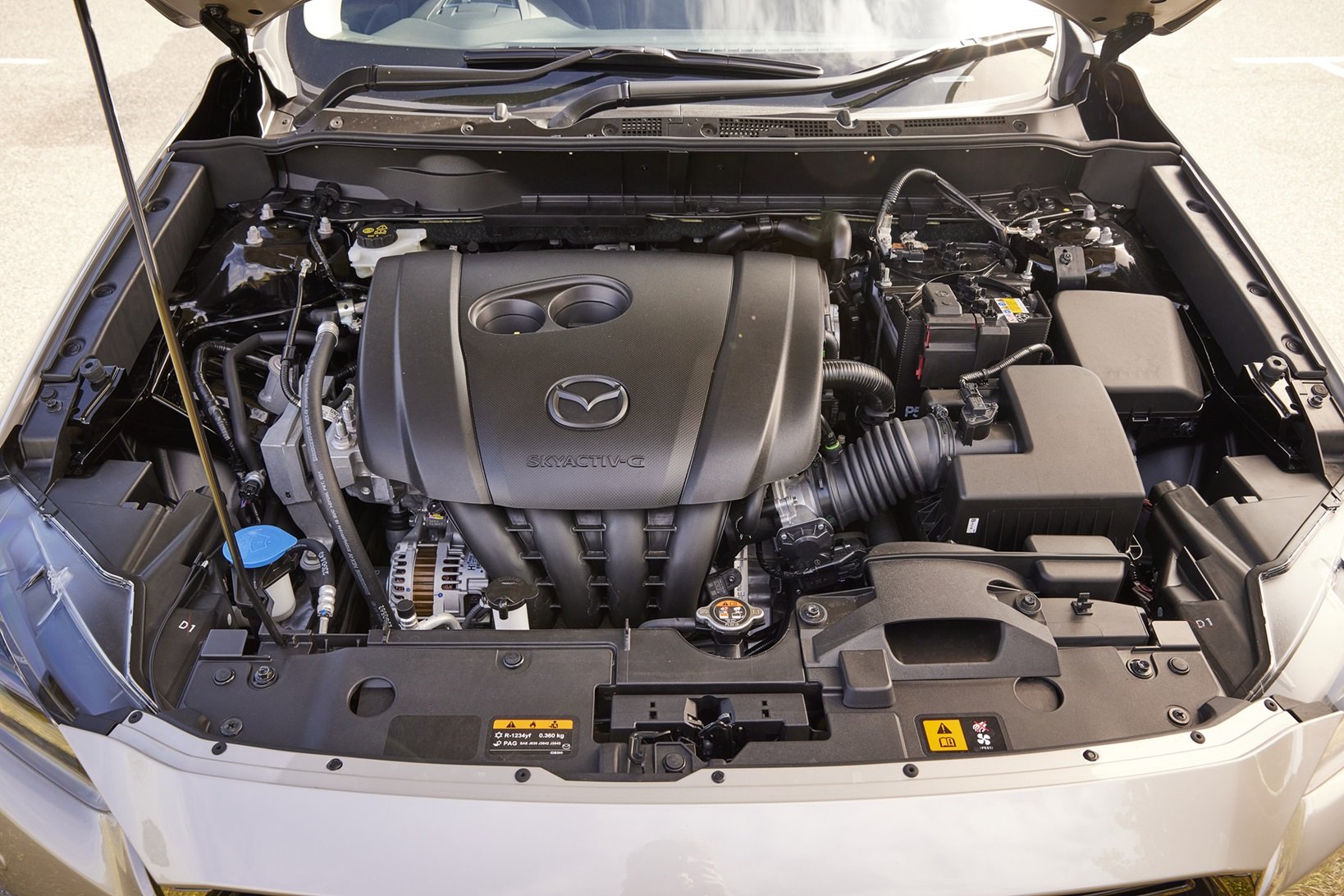



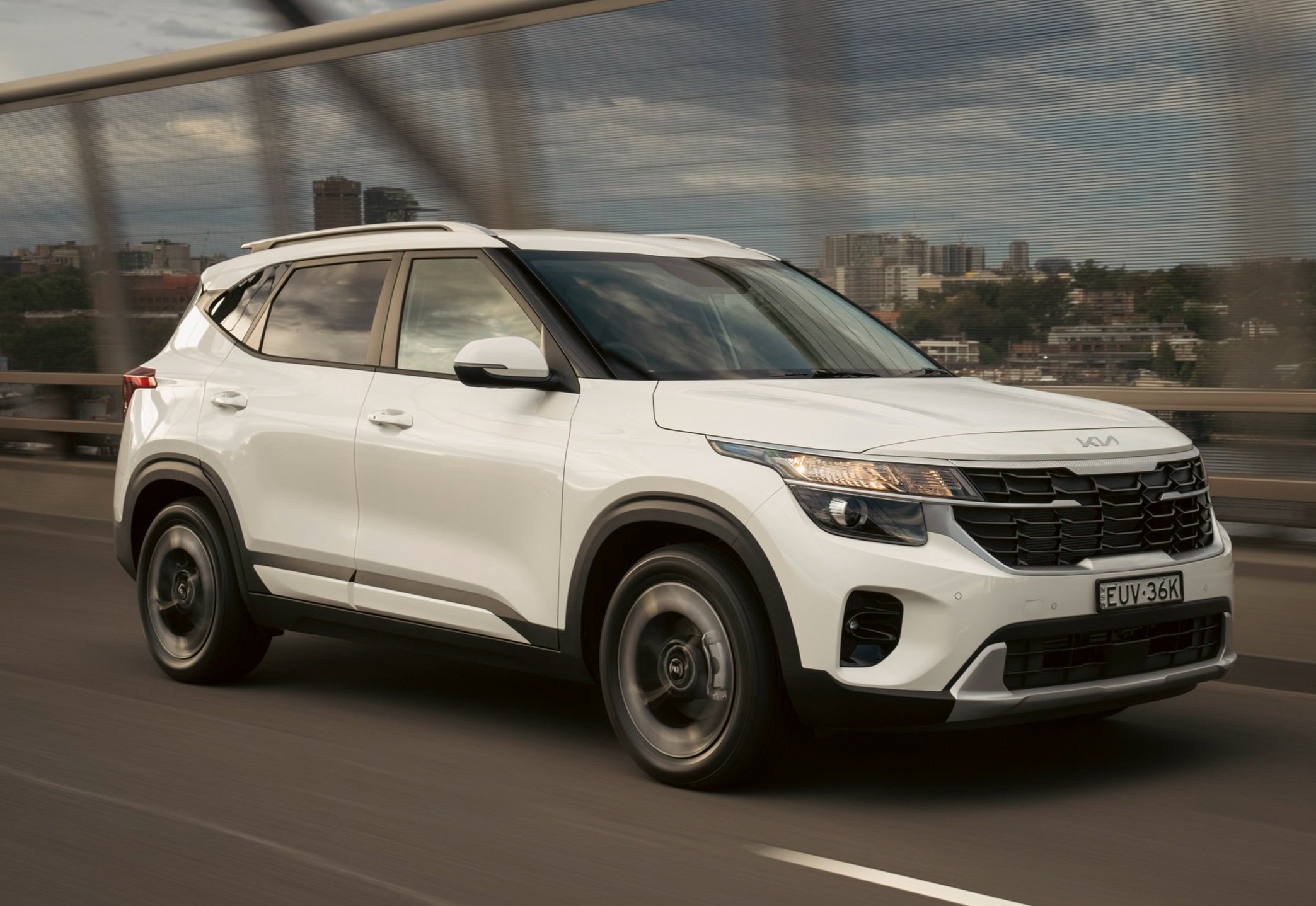

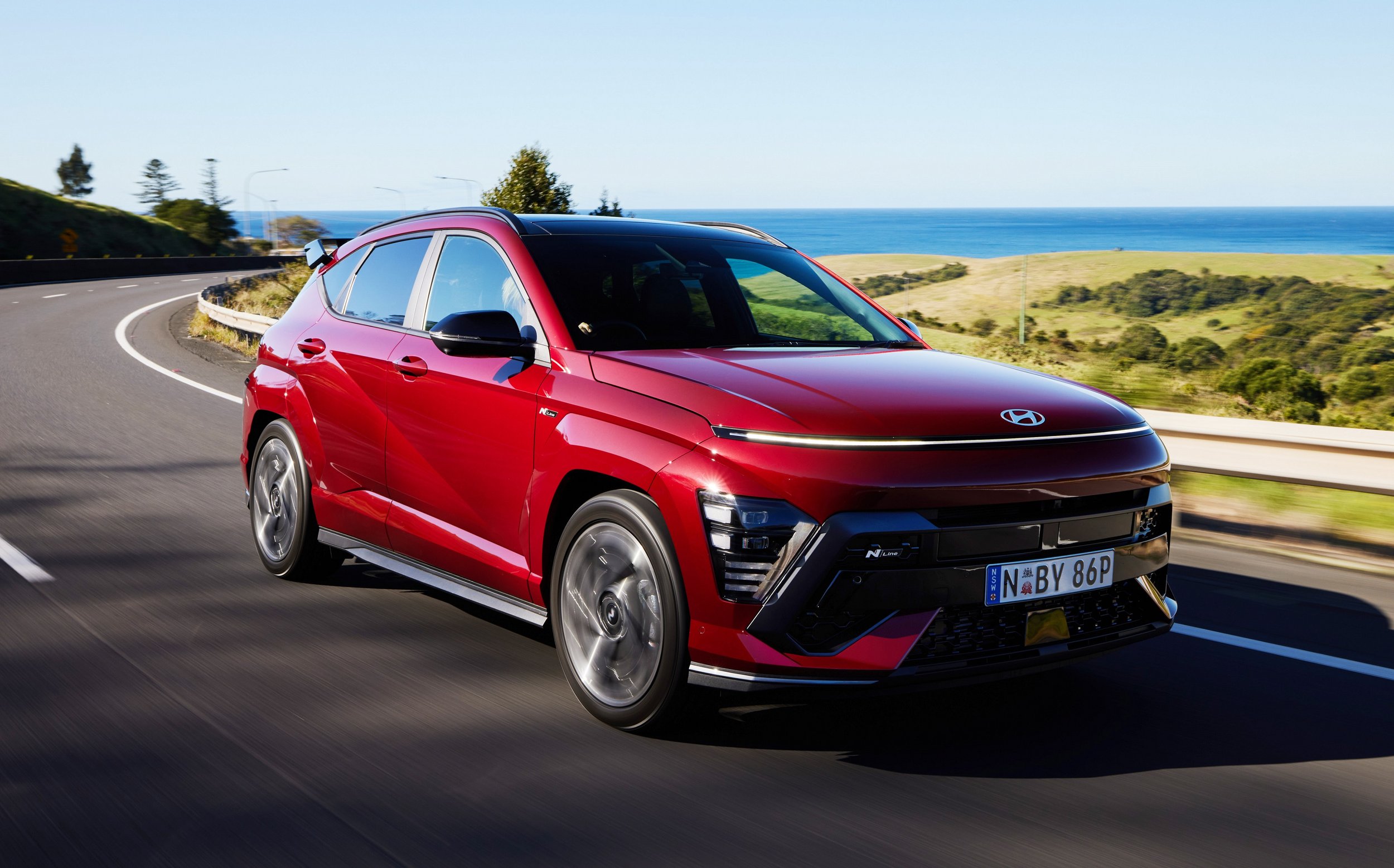
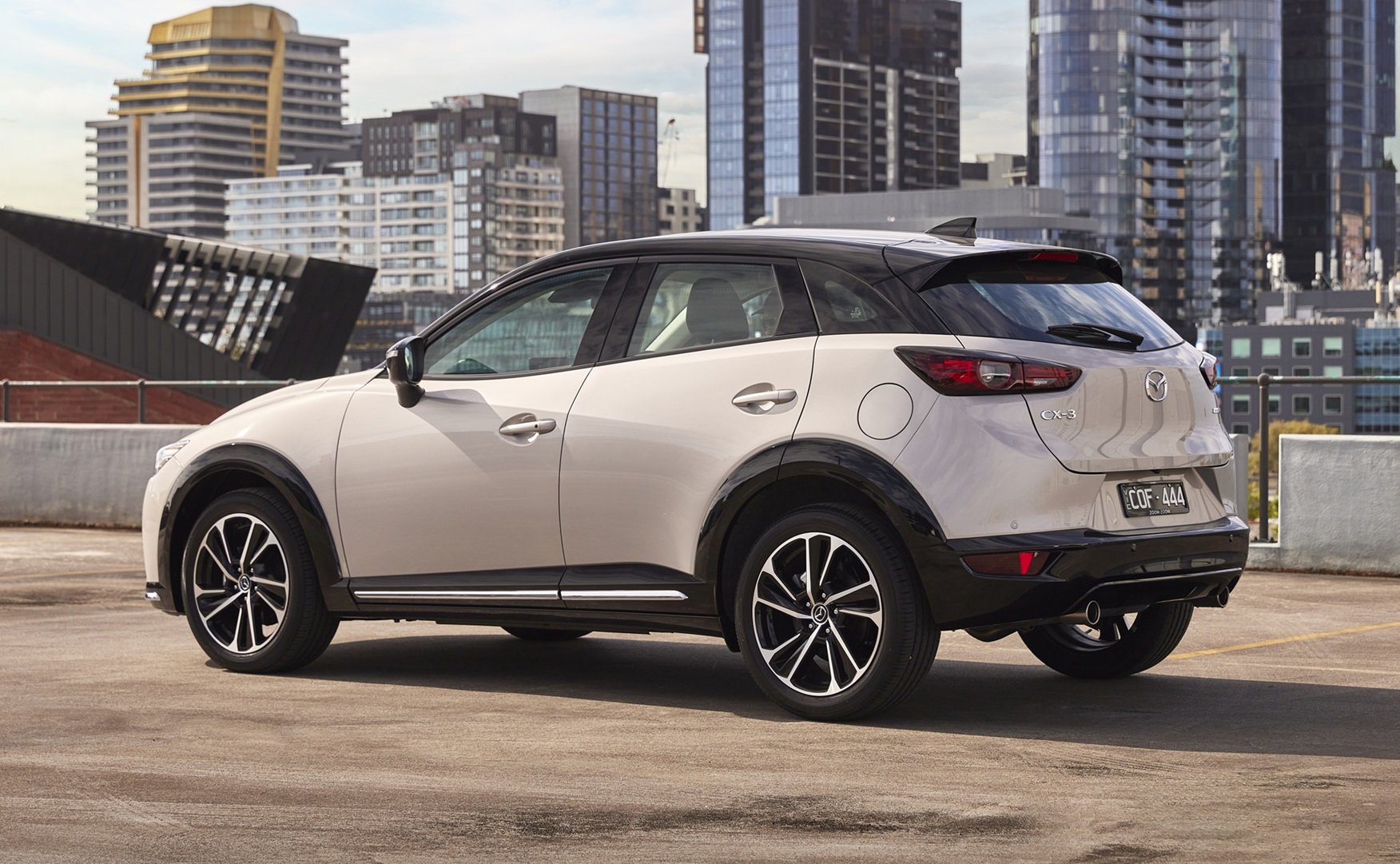




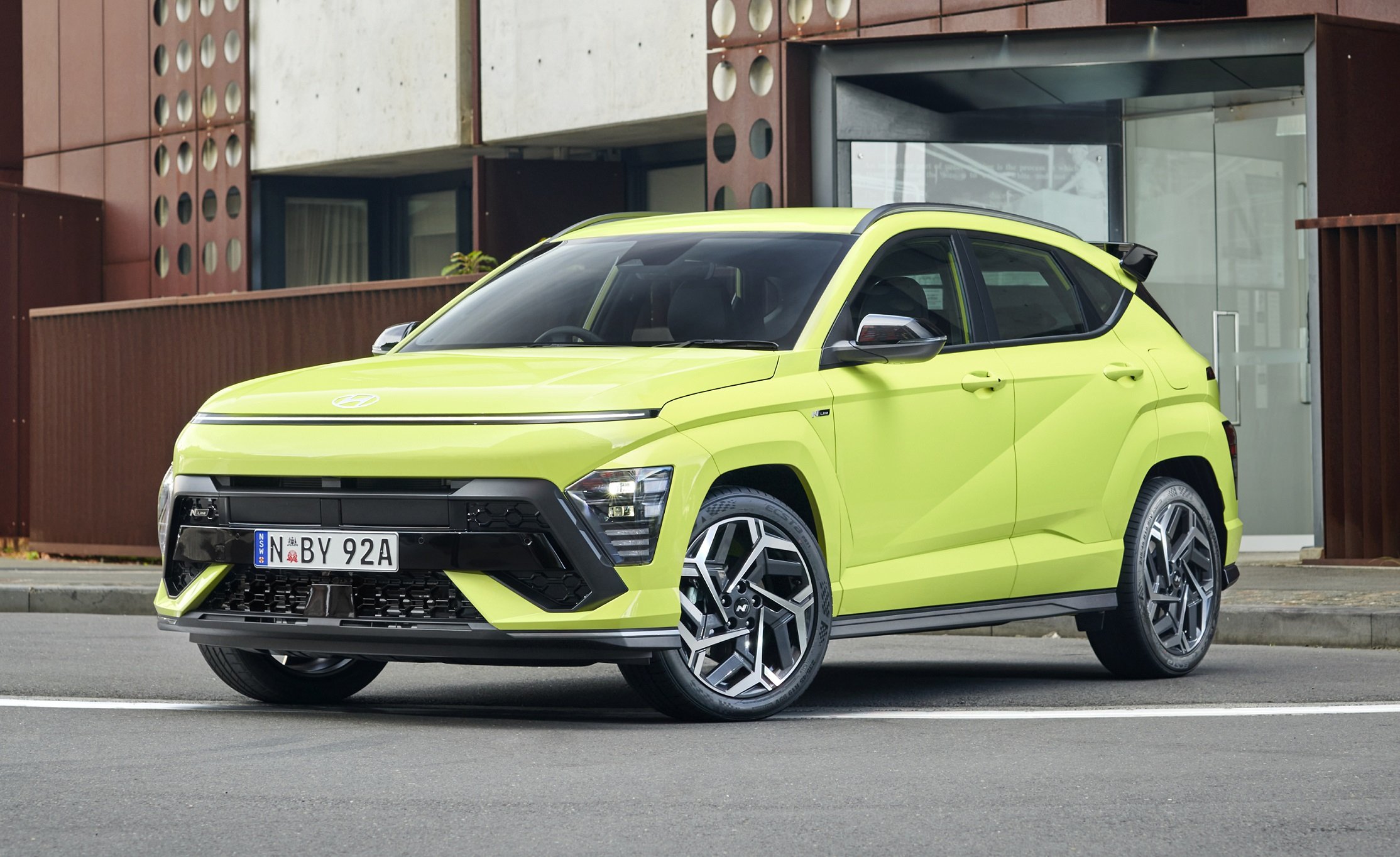
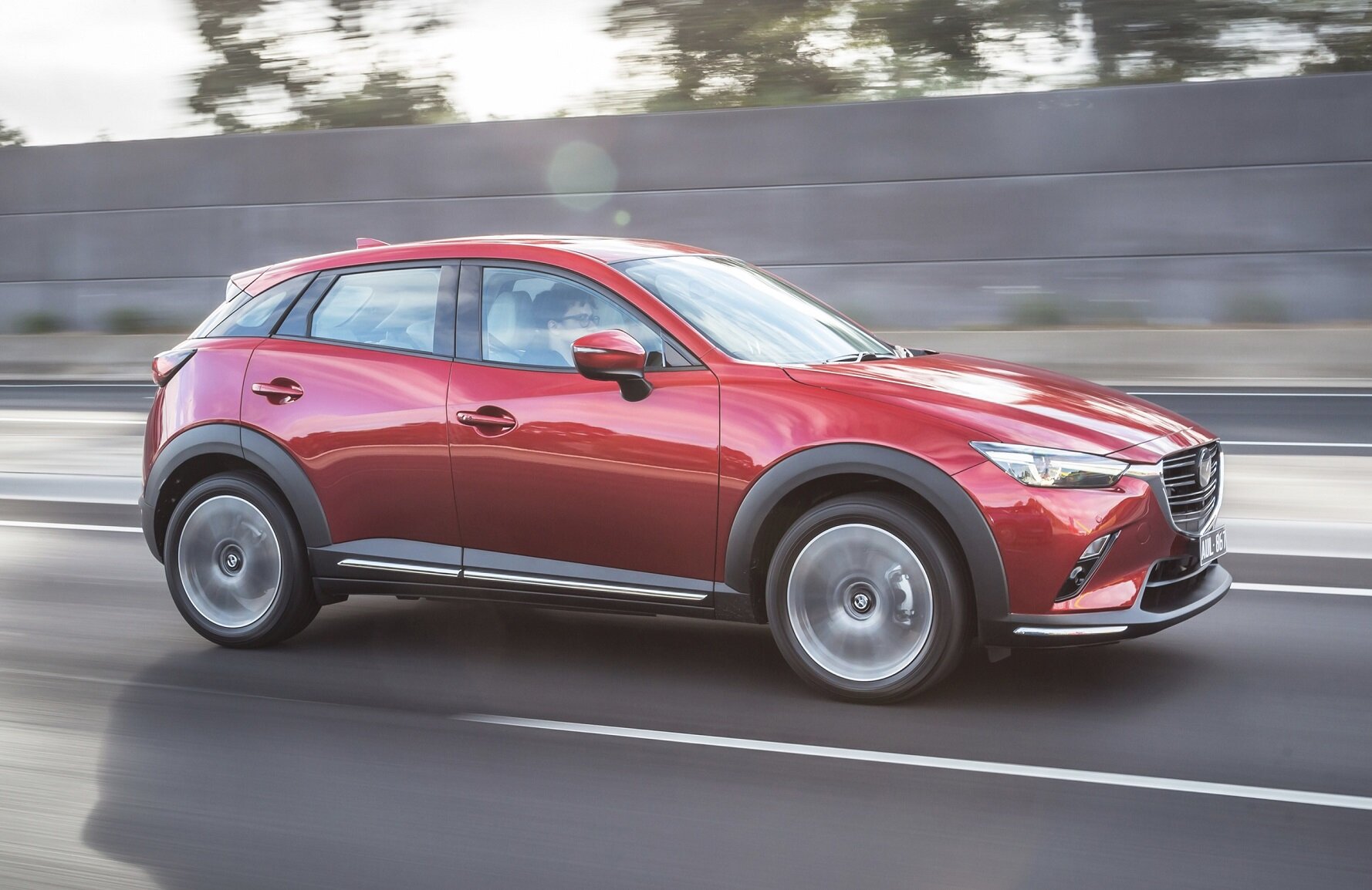
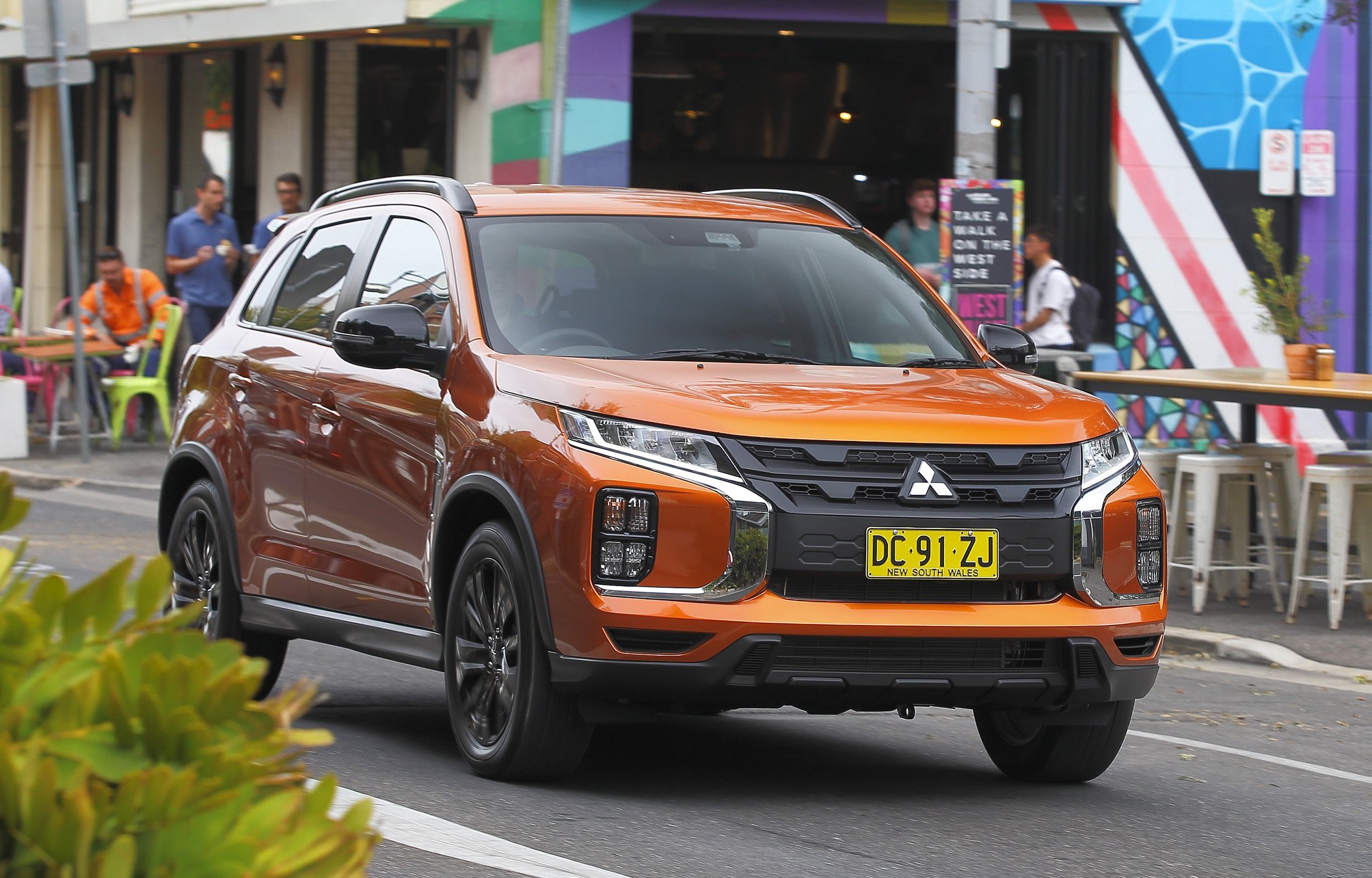
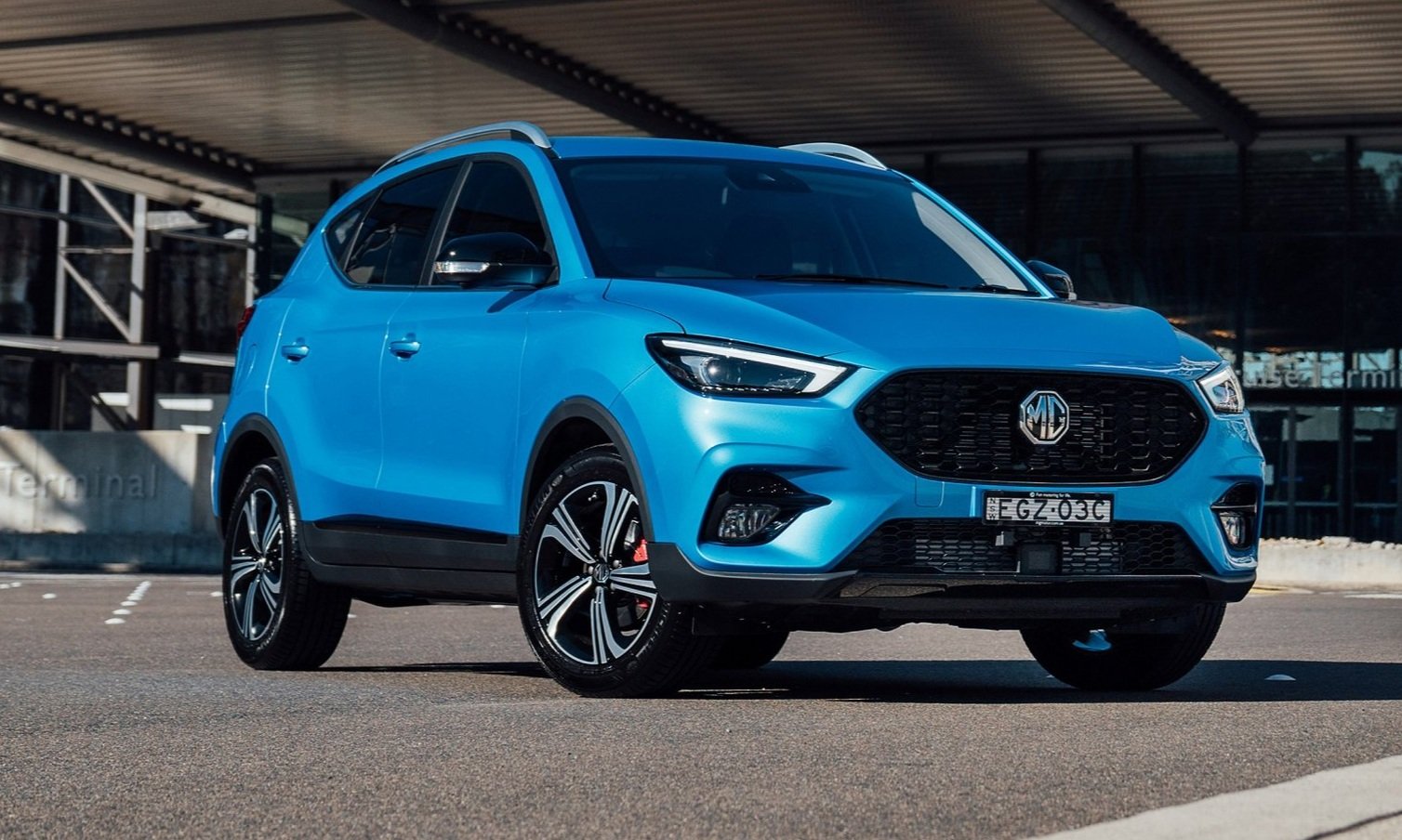
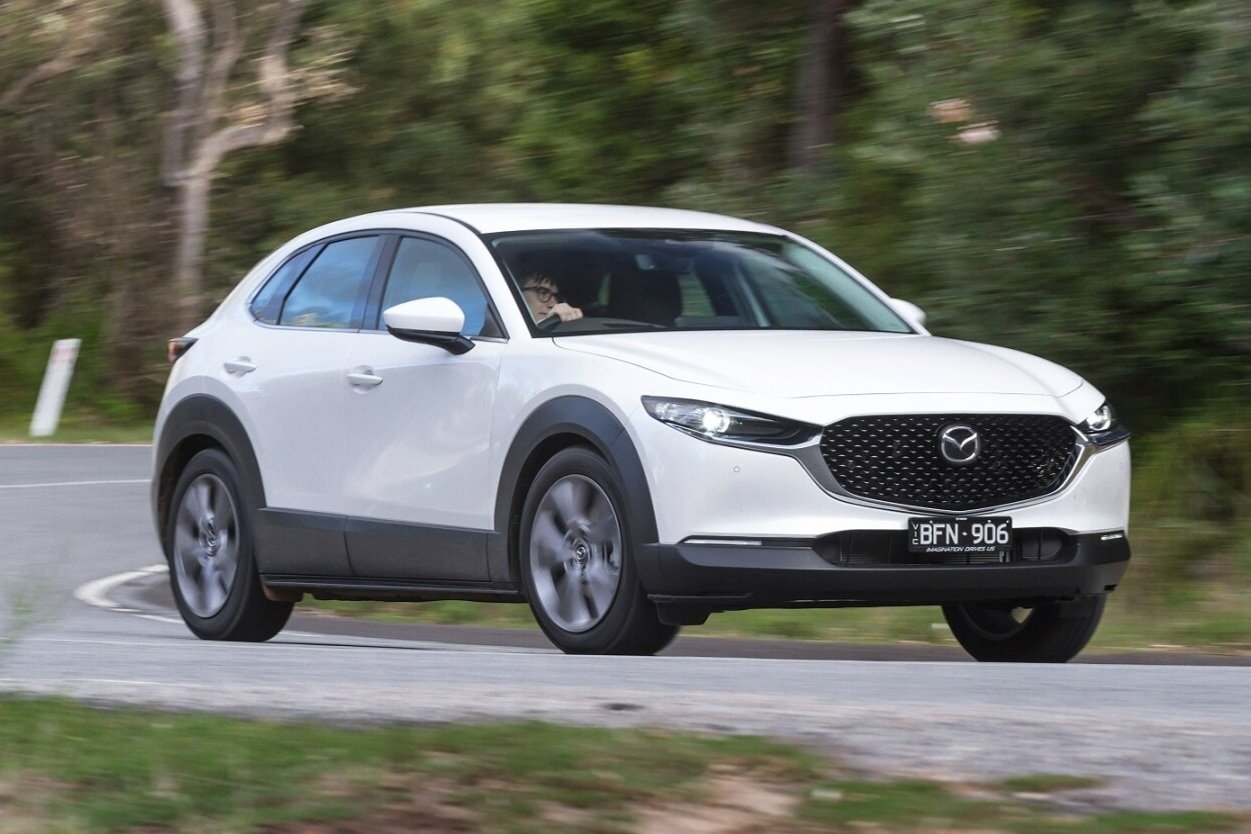
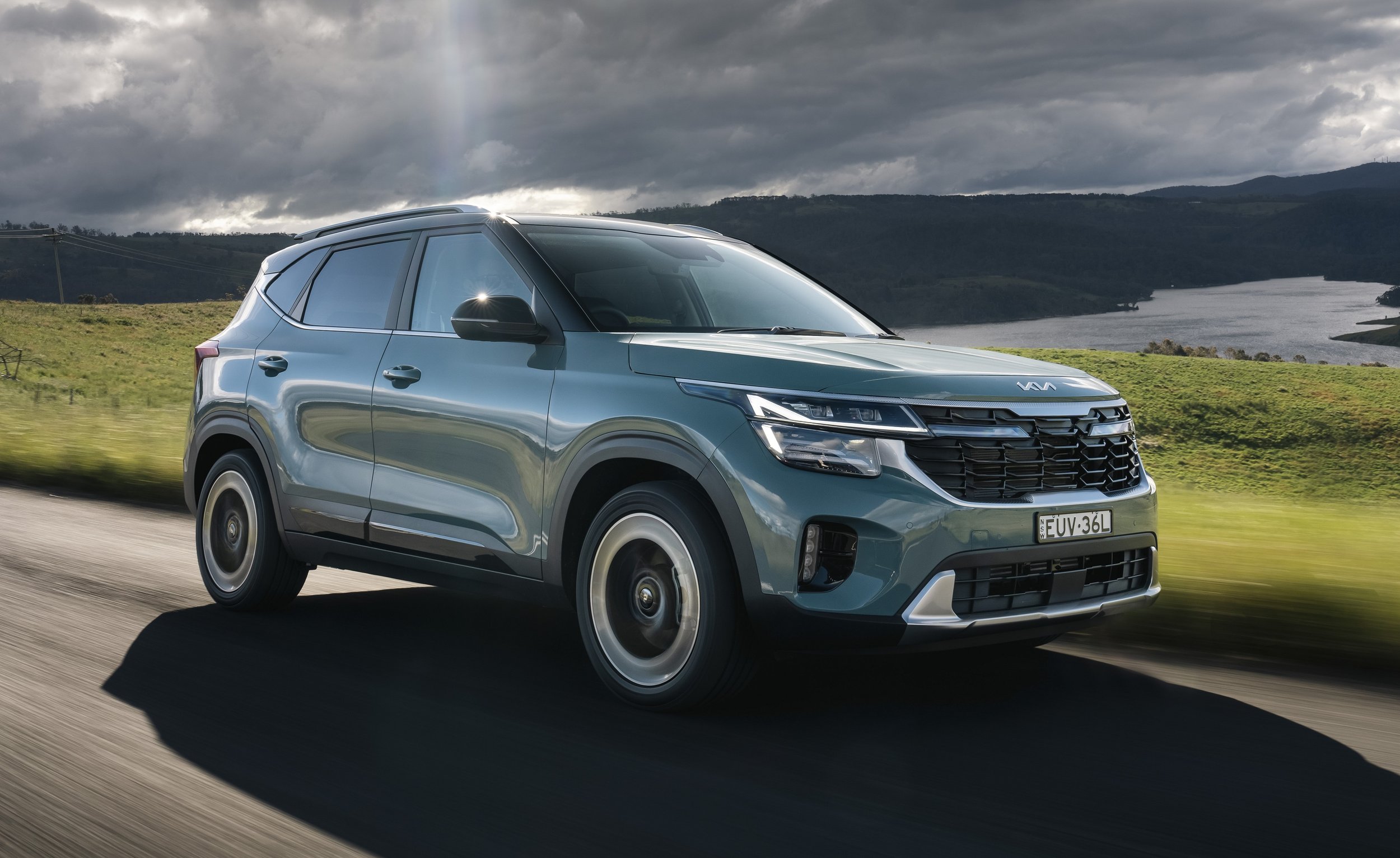
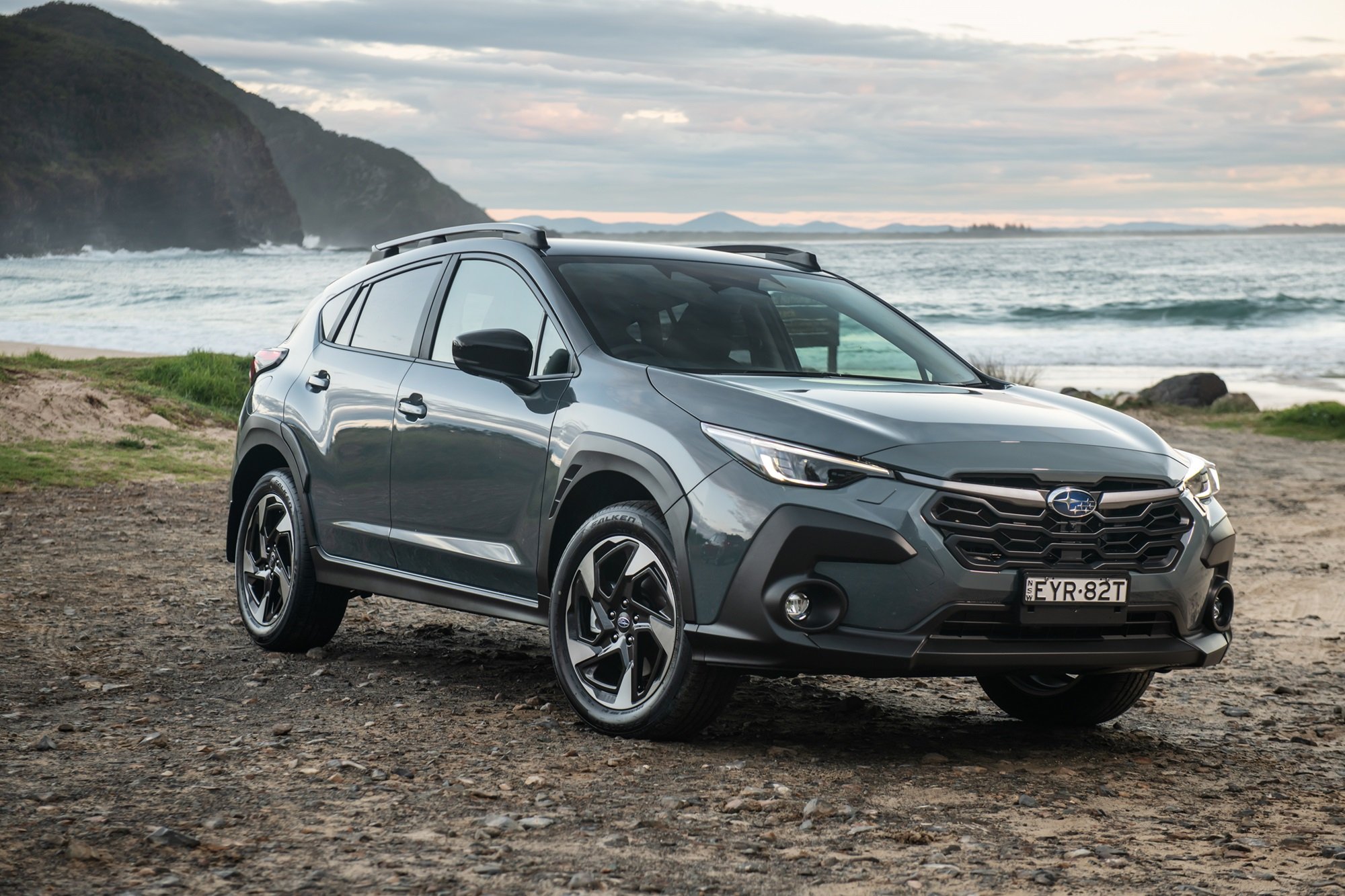



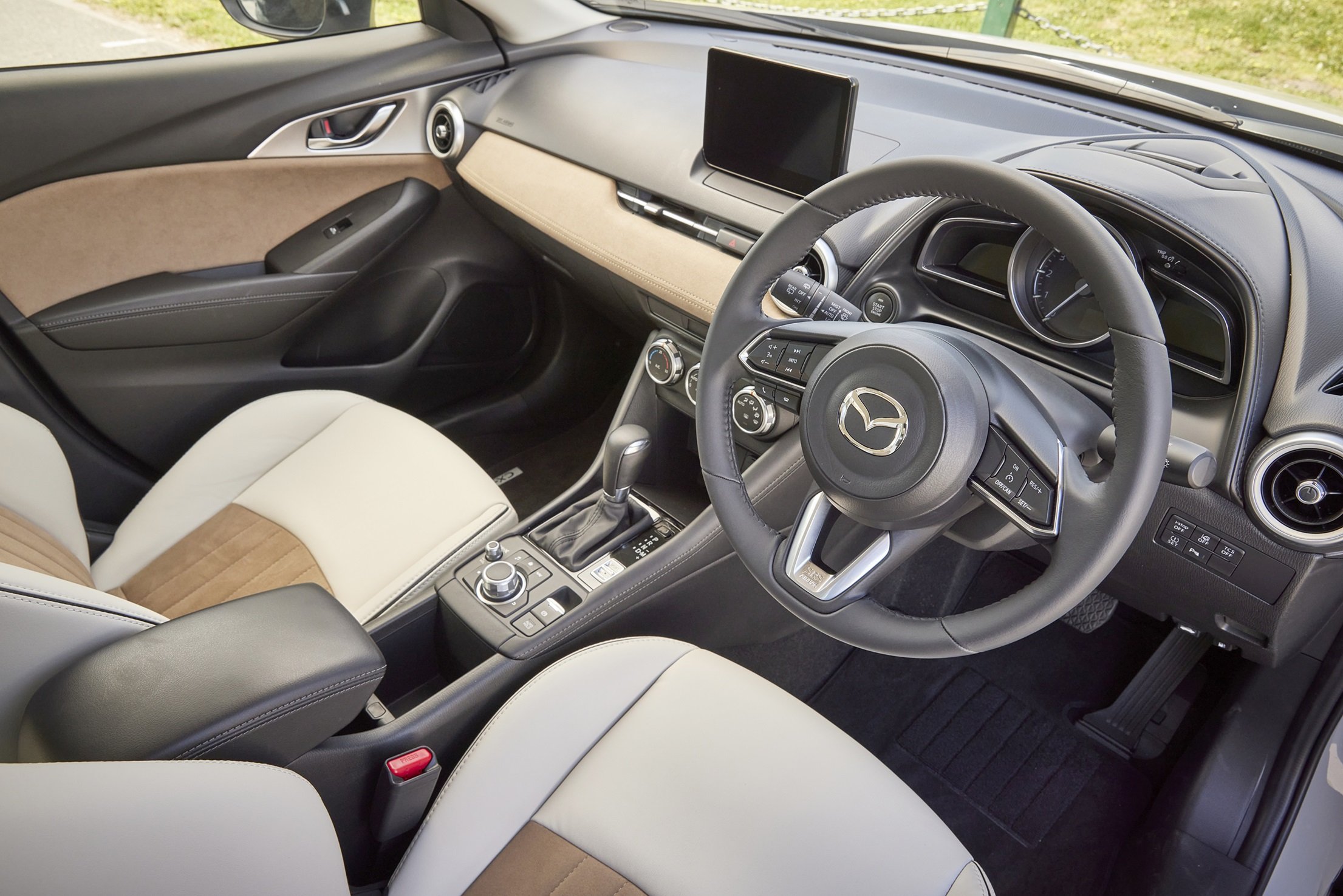
















The MG ZS is a small SUV that offers such strong value to most buyers that it should be on your shortlist be default, even when shopping for a used car. But given that no car is perfect, the price could easily distract from its drawbacks.